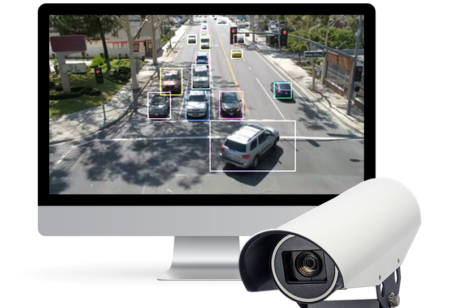Researchers from North Carolina State University (NC State) in the US have demonstrated a method that reduces the computational complexity of models that predict traffic volume for specific times and places, making them operate more efficiently.
“We use models to predict how much traffic there will be on any given stretch of road at any specific point in time,” explains Ali Hajbabaie, co-author of a paper on the work and an assistant professor of civil, construction and environmental engineering at NC State. “These models work well, but the specific forecasting questions can be so computationally complex that they are either impossible to solve with limited computing resources, or they take so long that the prediction only becomes available when it is no longer useful.”
The paper, “A Distributed Gradient Approach for System Optimal Dynamic Traffic Assignment,” has just been published in IEEE Transactions on Intelligent Transportation Systems. The first author of the paper is Mehrzad Mehrabipour, a PhD student at NC State.
The researchers started with an algorithm designed to help streamline complex computing challenges, but they found it couldn’t be applied directly to traffic problems.
“So, we modified that algorithm to see if we could find a way to use it in models that predict how much traffic there will be in a specific place and time,” says Hajbabaie. “And the results were gratifying.”
The NC State researchers came up with a modified version of the algorithm that effectively breaks the larger traffic forecasting model into a collection of smaller problems that can then be solved in parallel with one another. This process significantly reduces run time for the forecasting model. However, the extent of the improved efficiency varies significantly, depending on how complex the forecasting questions are. The more complex the question is, the greater the improved efficiency.
The modified method also improves run time by allowing the model to recognize when it has reached a solution that is good enough – the solution doesn’t have to be perfect. Traditionally, models will run until they find an optimal solution, or one very close to optimal. But for most purposes, a result that is within 5% – or even 10% – of the optimal solution will work fine.
“Our approach here essentially sets error bars around the optimal solution and allows the model to stop running and report a result when it gets close enough,” adds Hajbabaie.
The researchers tested the modified algorithm against a benchmark algorithm used in consumer software to address questions related to traffic forecasting.
“Our modified algorithm outperformed the benchmark in two ways,” says Hajbabaie. “First, our algorithm used far less computer memory. Second, our algorithm’s run time was orders of magnitude faster.
“At this point, we’re open to working with traffic planners and engineers who are interested in exploring how we can use this modified algorithm to address real-world problems.”





